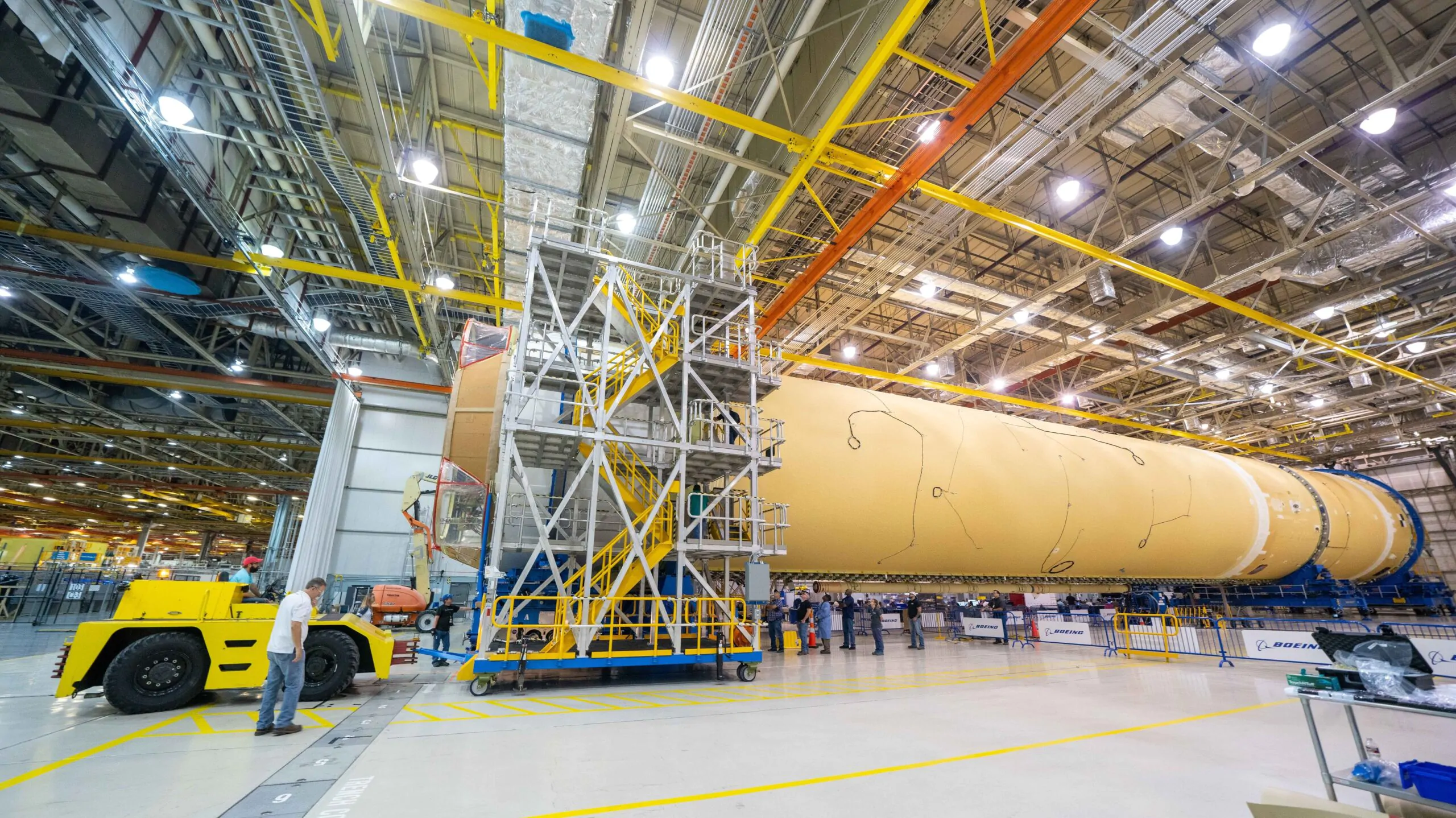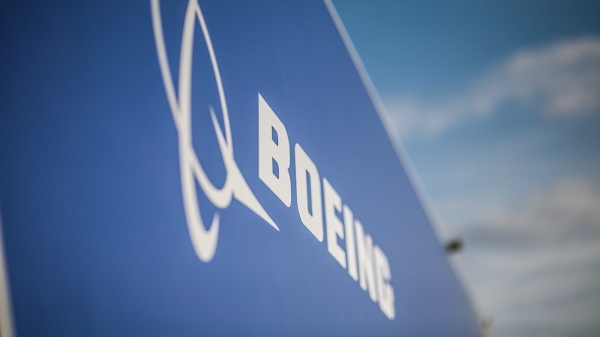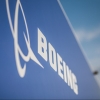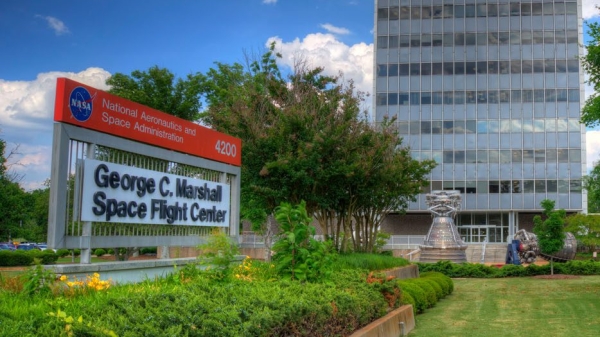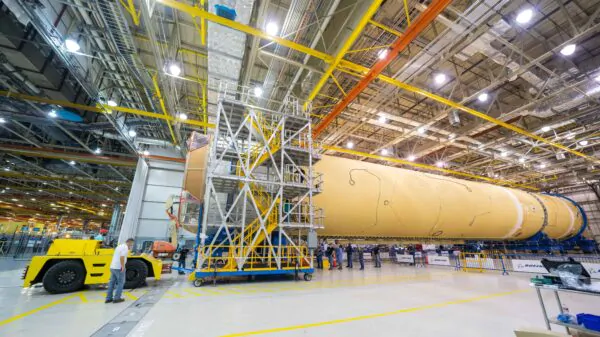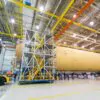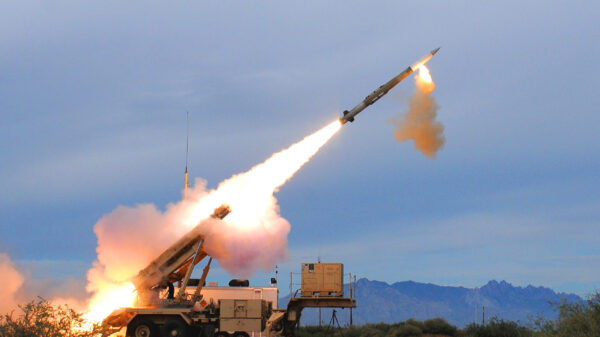NASA on Wednesday announced an initial contract to buy more Space Launch System rockets from Boeing, which are set to send astronauts back to the moon and beyond.
The Space Launch System (SLS) is NASA’s rocket that will launch astronauts in the Orion capsule and cargo to the moon, and eventually to Mars, according to a press release from Boeing on Wednesday.
Boeing is building the core stages of the rockets that will fly on the first two Artemis missions. Wednesday’s announcement sets the stage for Boeing to begin working on the core stage for a third SLS rocket, Artemis III, which is to take astronauts back to the moon by 2024.
“We greatly appreciate the confidence NASA has placed in Boeing to deliver this deep space rocket and their endorsement of our team’s approach to meeting this unprecedented technological and manufacturing challenge in support of NASA’s Artemis program,” said Jim Chilton, senior vice president of Boeing’s Space and Launch division, in the press release. “Together with a nationwide network of engaged and innovative suppliers we will deliver the first core stage to NASA this year for Artemis I,” Chilton added. “This team is already implementing lessons learned and innovative practices from the first build to produce a second core stage more efficiently than the first. We are is committed to continuous improvement as they execute on this new contract.”
The SLS is managed at the Marshal Space Flight Center in Huntsville but it being made at the Michoud Assembly Facility outside of New Orleans. Once completed, it will launch from Cape Canaveral, Florida.
Boeing last year delivered the propulsion system that will give the Orion the ability to travel thousands of miles beyond the moon and back on the first unmanned mission using the SLS. Boeing’s Interim Cryogenic Propulsion System was built by United Launch Alliance in Decatur, Alabama.
“Boeing has implemented advanced manufacturing technologies for design, test, and production of the core stages, which will make both core stage production and upper stage development faster, more efficient, and safer,” said John Shannon, Boeing vice president and Space Launch System program manager in the press release. “The evolvable nature of the rocket will allow us to onboard new advances in materials and production technologies as we move forward to the moon and on to Mars.”
The latest initial contract also gives Boeing authorization to build up to 10 additional core stages.
“It is urgent that we meet the President’s goal to land astronauts on the Moon by 2024, and SLS is the only rocket that can help us meet that challenge,” said NASA Administrator Jim Bridenstine in the press release. “These initial steps allow NASA to start building the core stage that will launch the next astronauts to set foot on the lunar surface and build the powerful exploration upper stage that will expand the possibilities for Artemis missions by sending hardware and cargo along with humans or even heavier cargo needed to explore the Moon or Mars.”








































